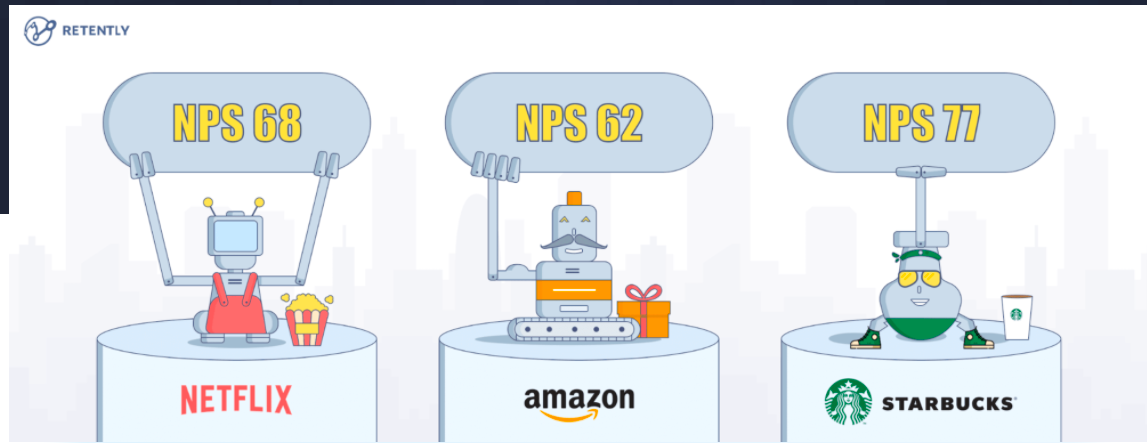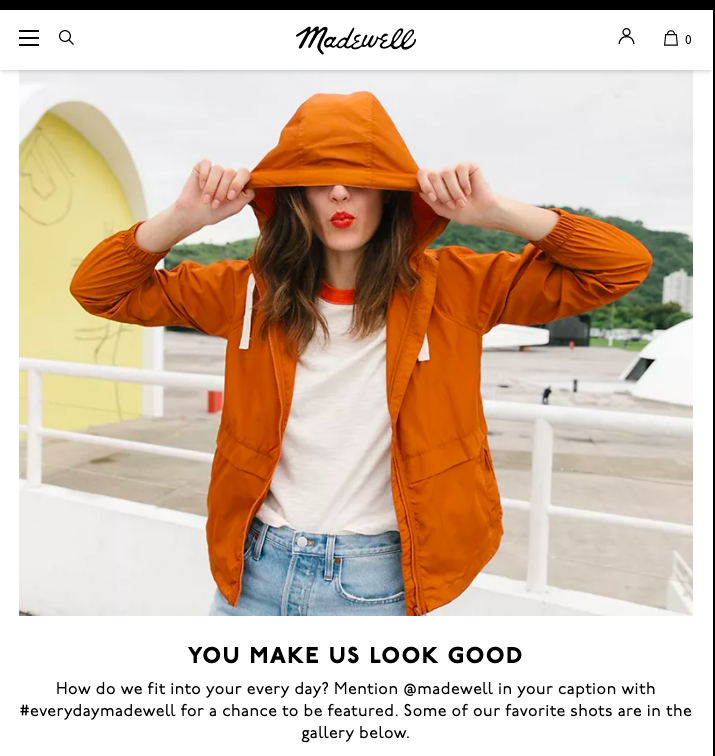Brand Insights: How to Understand Your Customers Better
Uncovering the key information about customers is easier said than done.
As the lives of many changed over 2020, their habits, needs, and wants changed as well. In order to stay ahead of the curve and retain their customer bases, businesses needed to think outside of the box to understand their customers all over again.
Businesses need to relearn how they fit in their marketplace by focusing on brand insights.
For those unfamiliar with the concept, brand insights are the results of thorough research and deep understanding of a company’s consumer base gathered through awareness data and consumer research. These insights should then be used to help make decisions and identify ways brands can continue to evolve with their customers.
Need help selecting a company?
Based on your budget, timeline, and specifications we can help you build a shortlist of companies that perfectly matches your project needs. Get started by submitting your project details.
How Do Businesses Benefit From Brand Insights?
Factoring in brand insights allows organizations to assess their overall market position among customers and competitors, and even their own internal employees.
By using brand insights in their strategies, companies can:
- Uncover new opportunities for growth.
- Mirror their perception against competitors
- Plan their overall messaging for their key audience
- Give their customers what they truly want
Through several key strategies and ideas, branding experts can transform their strategy by using customer insights.
1. Be Aware of Your Brand Perception
Perception is reality — and every “real” brand has one.
Brand perception is “the sum of feelings a consumer has about a brand.” Simply put, brand perception includes the feelings and thoughts a consumer has about a given brand, including their social media interactions, product packaging design, and news coverage.
Once a consumer has their mindset about a brand and their specific branding assets, it is more than likely set in stone.
Social networking platform Facebook experienced massive side effects as a result of unsavory news coverage and lack of transparency in recent years.
Fast Company even recognized Facebook as "the worst brand of the year" in 2020. While the company and its founder Mark Zuckerberg stated their commitment to combating hate speech and false information, a lot of users felt that their promises were mainly lip service.

While Facebook has created personalized ad campaigns, implemented product fixes, and announced new policy changes, consumers find that isn’t enough.
In a study taken in 2020, Facebook was ranked last across trusted social media platforms.
To evaluate brand perception, businesses need to listen to their stakeholders. Companies must go beyond words and make real, impactful changes to understand consumer concerns.
2. Evaluate Customer Sentiments
The customer is always right. Companies have to manage all sorts of feedback – analyzing customer sentiment is one way to gain insight into public opinion.
Customer sentiment is how customers feel toward your overall brand, product, or campaign – which can vary from positive to neutral, or negative depending on their interest or commitment to the business.
Recognizing how customers feel about your product or service can improve customer service, help with brand familiarity and perception, and give insight into other metrics like revenue and brand loyalty.
Being curious about how your customers feel is great for business. Tracking these brand insights in different channels can help businesses find the best way to factor any feedback.
Some customer sentiment channels include:
- Direct feedback
- Social media
- Reviews
- Word-of-mouth endorsements
Whether customers feel the need to speak positively or negatively about businesses, it is important for companies to learn from it.
3. Measure Your Net Promoter Score (NPS)
How likely are you to rate this article on a scale of 0-10?
Net Promoter Score (NPS) is a customer loyalty measurement score that measures customer insights. It asks customers how likely they are to recommend your product or service to others on a scale.
A lot of mainstream companies rely on their NPS feedback for acquiring new customers and structuring their business processes.

Businesses can gain insights from these questionnaires through simple math:
- Group answers into three groups – promoters (9s and 10s), passives (7s and 8s), and detractors (1s-6s)
- Subtract the percentage of detractors from the percentage of promoters.
Once a business arrives at their NPS figure, they can see how positively or negatively their customers feel about their brand and services.
A company’s NPS can be an indicator of customer satisfaction and brand loyalty at different stages of the customer journey. To maintain a high score, companies must remain diligent regarding consumer satisfaction at every level.
4. Follow Social Media Engagement
Likes, retweets, comments, and other social media interactions are another way businesses can gather brand insights from their customers.
Over the past year, much of the world was in lockdown, which funneled consumers to social media to build connections.
In Sprout Social’s State of Social Media report, it was found that more than half (54%) of respondents said their use of social media grew over the past year. As we see this shift, businesses have begun leveraging social media to nurture their relationships with consumers through innovative campaigns, engagement tracking and more.
Clothing brand Madewell connects with their customers by featuring photos of some of their customers on social media.

By mentioning the company’s social media handle and hashtag in the posts, their strategists can track performance and consumer engagement.
Businesses and or social media agencies can also track engagement in other ways:
- Keeping an eye on comment frequency
- Gauging reactions through emojis, likes, and comment tone
- Looking at the volume of shares, mentions, and reposts
Companies can find brand insights through using their customers’ appreciation and use of social media.
Use Brand Insights to Build a Relationship with Your Audience
To gain a better understanding of their customers, businesses must think critically about how to efficiently gather brand insights from their customers around the globe.
Businesses should:
- Take a look at their brand perception
- Factoring in customer sentiments
- Use NPS and other consumer surveys to gain insight
- Build a social media presence that encourages engagement
Companies must define their brand expectations while relying on customer insights to fit within their marketplace.
Need help selecting a company?
Based on your budget, timeline, and specifications we can help you build a shortlist of companies that perfectly matches your project needs. Get started by submitting your project details.